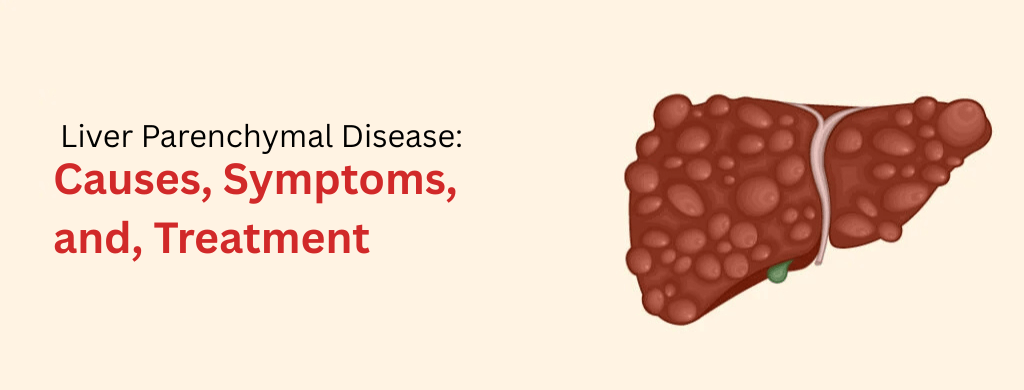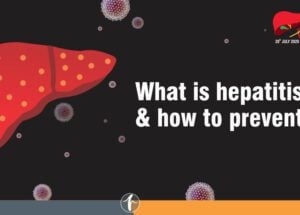How Does Chickenpox Spread?
March 5, 2025

Chickenpox is a highly contagious illness triggered by the varicella-zoster virus. It can impact people of any age, and understanding its spread is essential for prevention. We’ll explore its transmission, influencing factors, and prevention in this article.
Chickenpox is triggered by the highly infectious varicella-zoster virus. Despite being able to impact people of many ages, it primarily affects children. Chickenpox is characterized by a red, itchy rash that usually starts on the face and spreads across the body. Fever, headaches and overall discomfort are potential additional symptoms.
Direct contact with the rash and respiratory droplets from infected people’s coughs and sneezes are two ways the virus spreads. While chickenpox is generally a mild condition, it can result in severe complications for infants, pregnant women, and those with weakened immune systems. Chickenpox and its consequences can be avoided with vaccination.
Stages
Chickenpox symptoms appear in stages, starting with a mild fever, fatigue, headache, and loss of appetite. The three stages of chickenpox describe how the rash progresses over time.
- Stage 1: Small red bumps appear on the skin, typically lasting for a few days.
- Stage 2: Fluid-filled blisters form, which usually break open within one to two days.
- Stage 3: The blisters dry out and develop scabs, a process that lasts a few more days.
Although the rash follows these three stages, different types of bumps can appear simultaneously. Some may still be forming, while others are already blistering or scabbing. The entire rash usually takes about 10 days to heal completely.
Modes of Transmission
Chickenpox spreads easily from person to person through different ways. Understanding how the virus transmits can help in preventing its spread.
Direct Contact
Chickenpox primarily spreads through contact with an infected person, especially through respiratory droplets when they cough or sneeze. It can also spread through contact with the fluid from their blisters.
Airborne Transmission
Airborne transmission happens when the virus turns into tiny particles in the air, especially in poorly ventilated indoor spaces. Inhaling these particles can cause infection.
Indirect Contact
Chickenpox can spread indirectly through contaminated objects. The virus can persist on objects like toys and doorknobs for a brief duration. If someone touches these surfaces and then their face, they can get infected.
Maternal Transmission
Pregnant women without immunity can pass chickenpox to their babies, usually in later pregnancy or during birth. Neonatal chickenpox needs urgent medical care.
Factors Affecting the Transmission
Several factors influence how quickly and widely chickenpox spreads. Recognizing these factors can help in controlling outbreaks and protecting vulnerable individuals.
Contagiousness of Chickenpox
Chickenpox is highly contagious, with infected individuals being most contagious from one to two days before the appearance of the rash until all blisters have crusted over. This extended period of contagiousness contributes to its rapid spread.
Vulnerable Populations
Certain populations, like babies and pregnant or immunocompromised people, face higher chickenpox risks. Virus prevention is vital around them.
Seasonal Patterns
Chickenpox exhibits seasonal patterns, with higher incidence rates occurring during late winter and early spring. Understanding these patterns can help healthcare authorities prepare for outbreaks and implement preventive measures.
Prevention
Effective prevention strategies can help reduce the spread of chickenpox and protect vulnerable individuals from infection and complications.
- Vaccination – Vaccination is the best chickenpox prevention method, reducing infection risk and complications. Immunization has lowered chickenpox rates in many places.
- Hygiene Practices – Good hygiene, like handwashing and covering coughs, helps prevent chickenpox spread. These measures reduce transmission risks.
- Quarantine Measures – Isolating infected people and those in close contact is vital to prevent the spread. Keeping them away from school or work helps curb transmission.
- Immune Globulin – Immune globulin (IG) can offer temporary protection if given shortly after exposure to chickenpox, especially for high-risk individuals. It contains antibodies that may reduce the disease’s severity.
Chickenpox vs. Shingles
The chickenpox virus can later cause shingles. Shingles isn’t contagious, but it can transmit chickenpox to those without immunity. This risk emphasizes the importance of chickenpox prevention through vaccination and hygiene.
Conclusion
Knowing how chickenpox spreads is crucial to prevent transmission and protect vulnerable groups. The virus spreads through direct contact, airborne particles, touching contaminated objects, and maternal transmission. Factors like chickenpox’s contagiousness, vulnerable populations, and seasonal patterns influence its spread. Preventive measures, including vaccination, good hygiene, quarantine, and immune globulin treatment, are essential in controlling chickenpox. Awareness of the link between chickenpox and shingles is also important for public health.
Frequently Asked Questions
1. How long is chickenpox contagious?
People who have chickenpox are contagious from one to two days prior to the rash developing until every blister has closed up. This time frame normally lasts for 5 to 7 days following the appearance of the rash. To stop the infection from spreading during this time, infected people must be kept apart.






